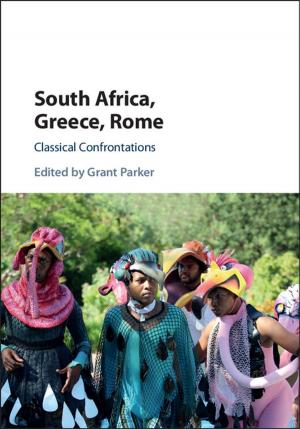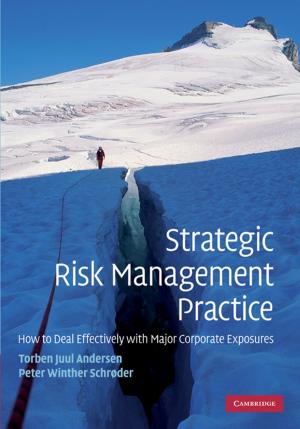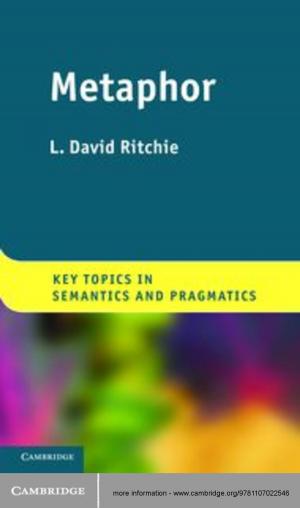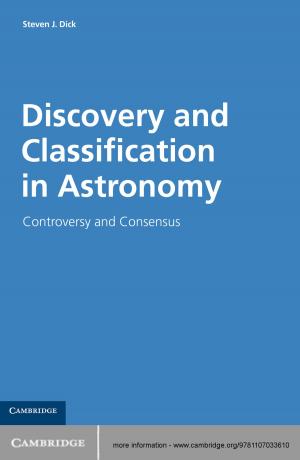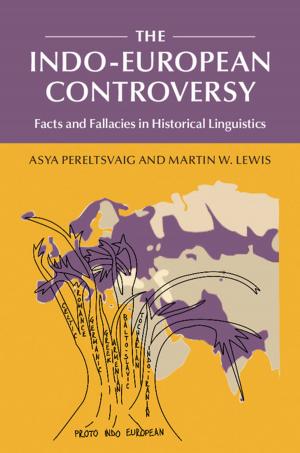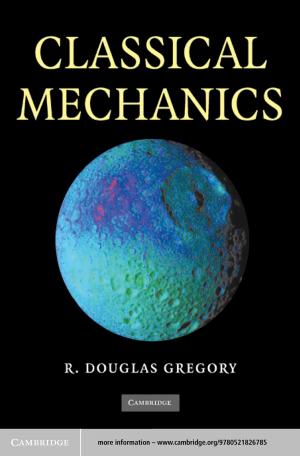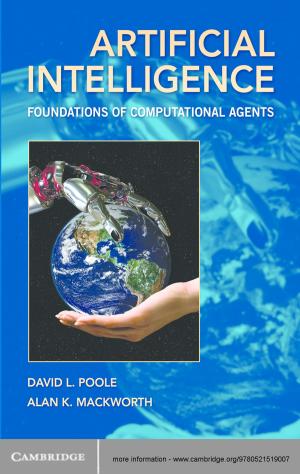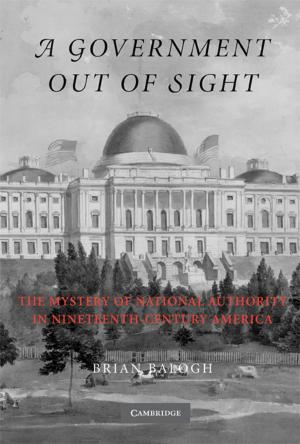Birds and Climate Change
Impacts and Conservation Responses
Nonfiction, Science & Nature, Nature, Environment, Ecology, Science, Biological Sciences, Environmental Science| Author: | James W. Pearce-Higgins, Rhys E. Green | ISBN: | 9781139984423 |
| Publisher: | Cambridge University Press | Publication: | June 12, 2014 |
| Imprint: | Cambridge University Press | Language: | English |
| Author: | James W. Pearce-Higgins, Rhys E. Green |
| ISBN: | 9781139984423 |
| Publisher: | Cambridge University Press |
| Publication: | June 12, 2014 |
| Imprint: | Cambridge University Press |
| Language: | English |
From the red grouse to the Ethiopian bush-crow, bird populations around the world can provide us with vital insights into the effects of climate change on species and ecosystems. They are among the best studied and monitored of organisms, yet many are already under threat of extinction as a result of habitat loss, overexploitation and pollution. Providing a single source of information for students, scientists, practitioners and policy-makers, this book begins with a critical review of the existing impacts of climate change on birds, including changes in the timing of migration and breeding and effects on bird populations around the world. The second part considers how conservationists can assess potential future impacts, quantifying how extinction risk is linked to the magnitude of global change and synthesising the evidence in support of likely conservation responses. The final chapters assess the threats posed by efforts to reduce the magnitude of climate change.
From the red grouse to the Ethiopian bush-crow, bird populations around the world can provide us with vital insights into the effects of climate change on species and ecosystems. They are among the best studied and monitored of organisms, yet many are already under threat of extinction as a result of habitat loss, overexploitation and pollution. Providing a single source of information for students, scientists, practitioners and policy-makers, this book begins with a critical review of the existing impacts of climate change on birds, including changes in the timing of migration and breeding and effects on bird populations around the world. The second part considers how conservationists can assess potential future impacts, quantifying how extinction risk is linked to the magnitude of global change and synthesising the evidence in support of likely conservation responses. The final chapters assess the threats posed by efforts to reduce the magnitude of climate change.

